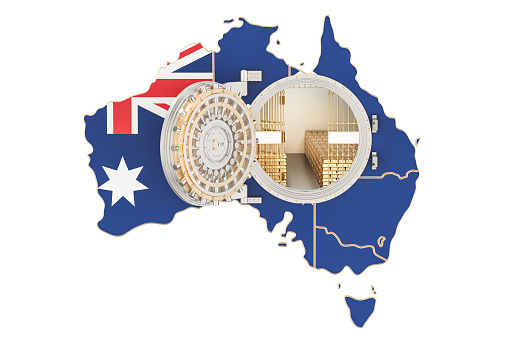Key insights from the week that was.
This week, the RBA retained both their policy stance and a constructive view of the outlook.
Apparent in both the RBA decision statement from the February meeting, as well as the subsequent speech and testimony by Governor Lowe, was a clear belief that Australia can achieve at-trend growth in 2020 (2.75%) and then an above-trend gain come 2021 (3.0%). The full detail behind these forecasts was subsequently provided in the February Statement on Monetary Policy.
The foundation for the RBA’s positive outlook for the domestic economy is the continued strength of our labour market. Together with the benefit of lower interest rates and further gains for house prices, continued robust job gains are expected to result in a robust acceleration in consumer demand from its current abnormally-weak pace, specifically from 1.1%yr to 2.0%yr between December 2019 and 2020 and then to 2.6%yr in 2021.
Further bolstering their belief in the growth outlook is increasing confidence in the trajectory of residential construction which, after falling almost 10%yr in 2019, is only expected to decline 2% in 2020 before rising 9% in 2021. This follows better-than-expected dwelling approval outcomes in late-2019 that resulted in annual approvals growth lifting to 2.7%yr at December – the first positive outcome since June 2018.
Mining investment is also expected to return to growth after a lengthy contraction, changing the narrative around business investment. Following a broadly flat result in 2019, the RBA expect a 9% gain in total investment in 2020 and a 5% lift in 2021.
Arguably the RBA is as optimistic on the global economy as our own. Indeed, the view that “global growth is expected to be a little stronger this year and next than it was last year” is actually an upgrade from the Board’s December view – one that looks to be based on the IMF’s expectation at mid-January that global growth would pick up from 2.9% in 2019 to 3.3% in 2020 and 3.4% in 2021.
Our own global growth view remained more pessimistic than the IMF’s throughout 2019. At this year began, we foresaw 3.0% growth in 2020 and a 3.2% gain in 2021. This week, an initial assessment of the economic impact of the coronavirus led us to revise our 2020 lower, to just 2.8%.
Half of the revision from our prior global growth forecast comes as a result of China year-average GDP growth being reduced from 5.8% to 5.3%, with zero growth expected in Q1. The other half is as a result of spill overs to other nations, primarily East Asia ex China through the global production chain and service exports.
We must emphasise here that the above forecasts assume this outbreak is contained by end-March, and that the end of disruptions to trade and production combine with stimulus measures to reaccelerate growth in China and the region with little delay – as occurred in the 2003 SARS outbreak and recovery. But given the spread of the disease and severity of the restrictions needed to contain it, there is a material risk that the current dislocation persists. This would be a further material negative shock for the world to digest, albeit likely partly offset by more stimulus.
For Australia, if the outbreak is contained within the March quarter, we believe GDP growth would stall in Q1 then bounce back in Q2 as trade flows reset. A lasting effect on business investment and, to a lesser extent, consumption will however leave annual GDP growth at 1.9%yr at December 2020, down from 2.1%yr previously. (Note our New Zealand economics team also believes their economy will suffer a material shock, with Q1 GDP to be 0.6% lower than previously thought.)
Even without the shock from the coronavirus that we have now incorporated our view of the Australian economy in 2020 is materially weaker than the RBA’s. Most notably, we expect a weaker consumer and also have greater doubts over the residential construction and business investment upswings.
On the consumer, this week’s December retail sales outcome highlights how challenging it will be for household spending to strengthen as the RBA contends. After a strong 1.0% gain in November, sales reversed straight back in December, declining 0.5%.
For a sustained increase in household consumption to be seen, not only does the impact of the bushfires and coronavirus need to pass, but more importantly household income growth must strengthen. In the absence of sustained, robust income gains, we anticipate that any wealth windfall from house prices and equities is unlikely to be spent – particularly by households uncomfortable with their current level of leverage.


 Signal2forex.com - Best Forex robots and signals
Signal2forex.com - Best Forex robots and signals




